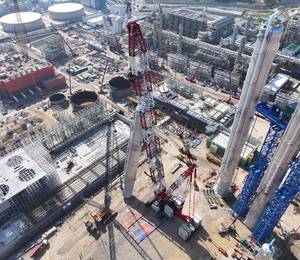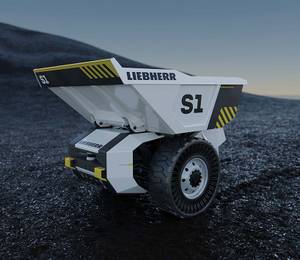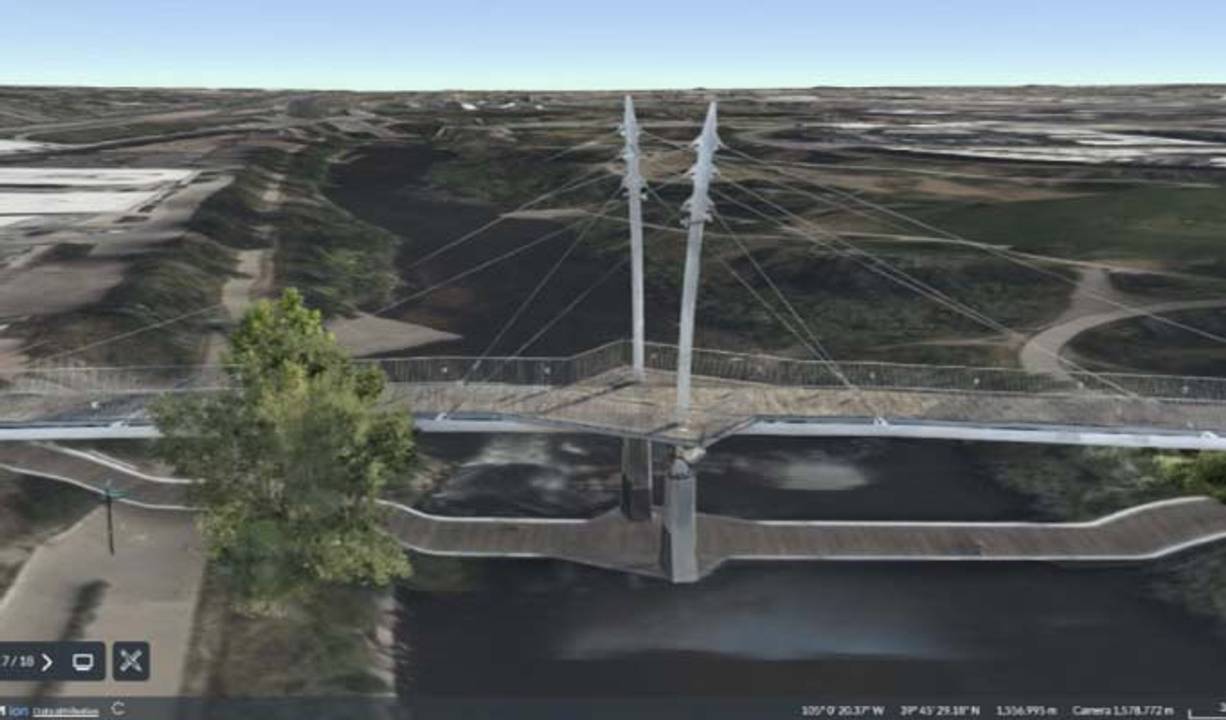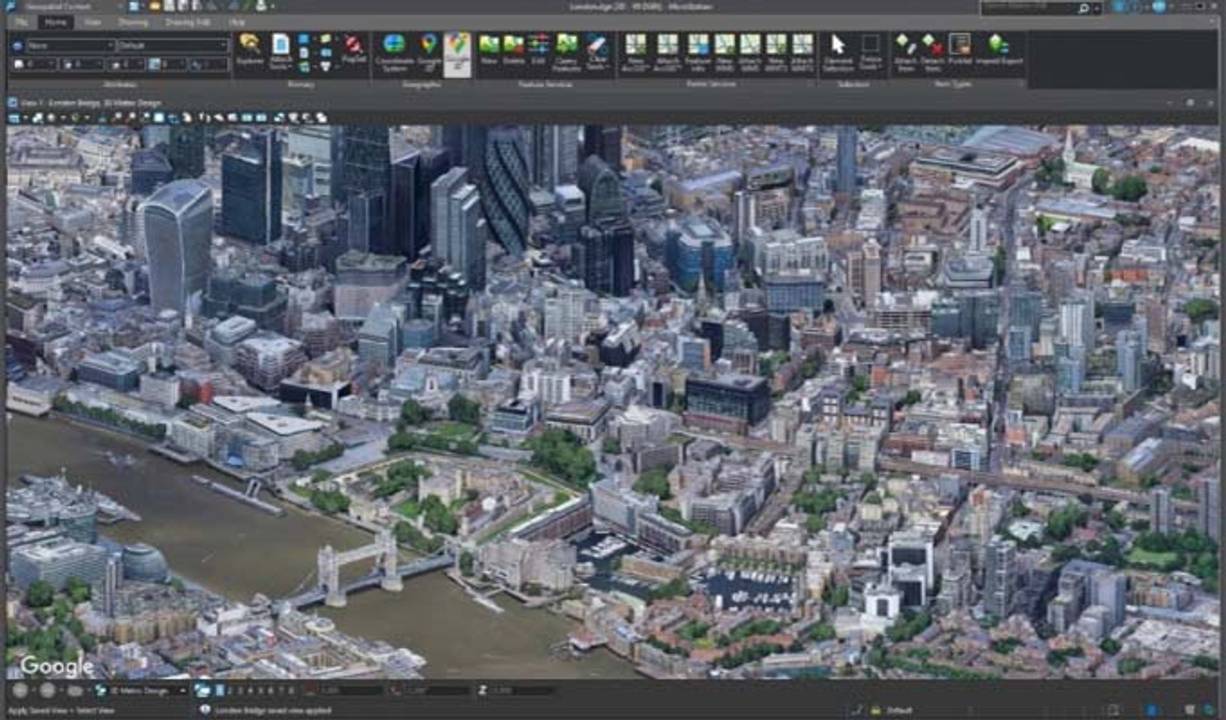Bentley Systems has announced the availability of reality modelling services in Cesium, advancing its open platform for the built and natural environment. It also unveiled geospatial capabilities for project delivery and asset performance and a new immersive engagement application for infrastructure teams and stakeholders, all powered by Cesium.
Since acquiring Cesium a year ago, Bentley has made significant progress in integrating technologies from both companies, powering its own products and empowering developers to build applications that visualise infrastructure data in real time and in full geospatial context.
“Our vision for infrastructure engineering is built on openness,” said Patrick Cozzi, Bentley’s chief platform officer. “With the integration of iTwin and Cesium capabilities, we are creating the open platform for the built and natural environment – providing all the necessary data for infrastructure professionals to design, build and operate in a real-world context.”
Reality modelling and AI-powered analysis
Bentley has added reality modelling services from iTwin Capture to Cesium ion, creating a complete, automated pipeline from data capture through geospatial visualisation. iTwin Capture creates engineering-grade reality models from imagery and applies AI-powered feature detection, while Cesium ion allows developers to create and host content in the cloud to power 3D geospatial applications.
With the new reality modelling capabilities, Cesium ion can create detailed 3D visualisations – reality meshes, point clouds and Gaussian splats – directly from imagery, annotated by AI, ready to stream within applications using open standards. Creating an accurate, engineering-grade digital model of the existing built and natural environment and offering it as rich 3D geospatial context allows infrastructure professionals to make better informed decisions throughout the infrastructure lifecycle.
“Being able to generate photogrammetry, point clouds and Gaussian splats as 3D Tiles from drone imagery, stream them seamlessly to the web, and analyse the point clouds is a major milestone,” said Osarodion Victory Igbinobaro, co-founder and CEO of Aero AI, a Cesium user. “This release brings end-to-end 3D reality modelling into one accessible, high-performance pipeline.”
The reality modelling capabilities in Cesium ion will be generally available before the end of 2025.
Geospatial context
Cesium capabilities are also enhancing Bentley’s product portfolio, bringing geospatial context to Bentley Open Applications and Bentley Infrastructure Cloud.
MicroStation 2025, the latest release of Bentley’s CAD software for infrastructure design, introduces support for 3D Tiles via Cesium. Engineers can now seamlessly integrate any 3D Tiles content, including Google Photorealistic 3D Tiles and their own high-fidelity reality data, directly into their design projects. This reduces the need to manually model existing conditions, accelerating project setup and allowing teams to focus on designing solutions. These same capabilities are coming to Bentley Open Applications built on MicroStation, for designing roads, railways, bridges, and more.
Cesium is also powering the geospatial experience in Bentley Infrastructure Cloud Connect, Bentley’s unified environment to connect data and people across the infrastructure lifecycle. With this geospatial context, also featuring Google Photorealistic 3D Tiles, users can navigate more intuitively across and within their projects and assets available in Bentley Infrastructure Cloud.
Introducing iTwin Engage
Another highlight from Bentley is the new iTwin Engage, which enables infrastructure teams and their stakeholders to engage immersively with digital twins of future and existing infrastructure assets.
Engineers often need to create immersive, photorealistic renderings to present their design work. Traditionally, this process is slow and inefficient, requiring specialised skills and resulting in static visuals that quickly become outdated as the design models evolve.
With iTwin Engage, powered by Cesium and game engine technology, anyone can build impactful, narrative-driven content that brings projects and assets to life. Experiences are automatically generated, always current thanks to a live connection to the digital twin, and interactive – enabling not only design reviews, but also digital rehearsals for construction, immersive remote inspections, and more.
“The opportunity to present and communicate the project plan through iTwin Engage, in such an appealing manner, is fantastic,” said Simon Beards, principal planner at Laing O’Rourke, a participant in an early access programme. “The greater the involvement the team has on the plan, the more likely there is a chance of success, as it supports a more collaborative way of engineering improvements.”
iTwin Engage will be in limited availability by the end of 2025.
All images: Bentley Systems















